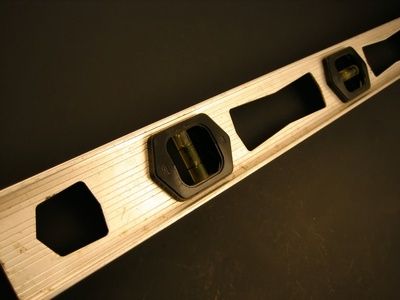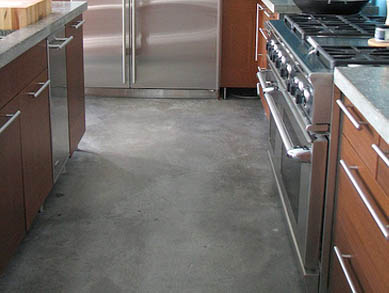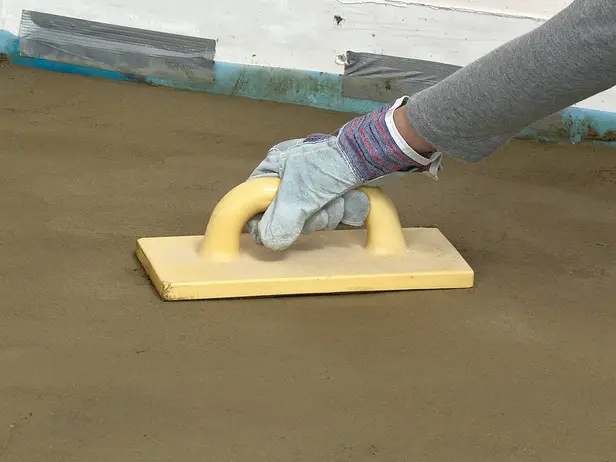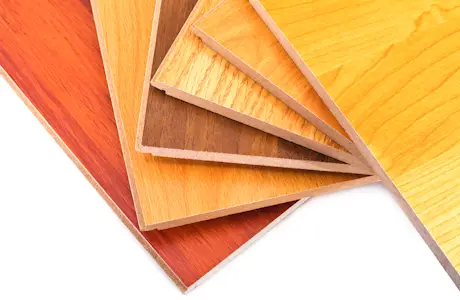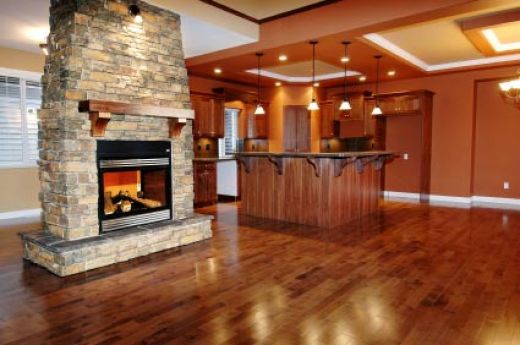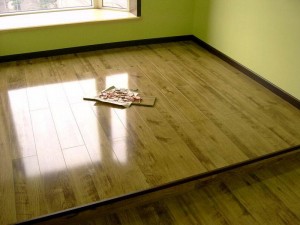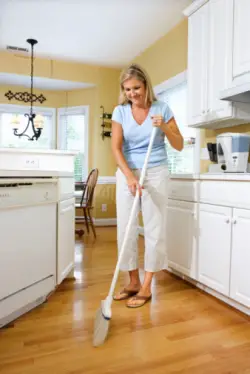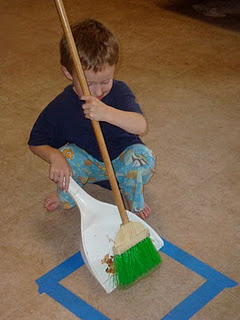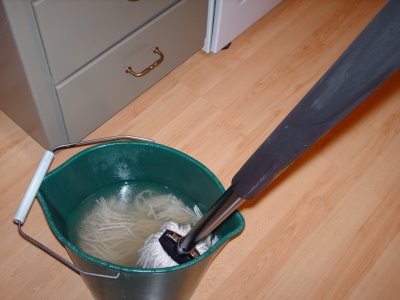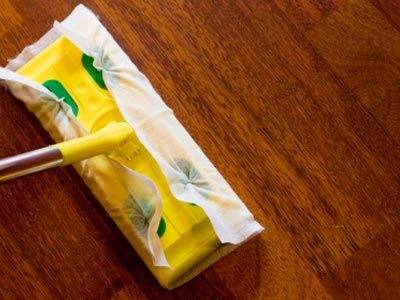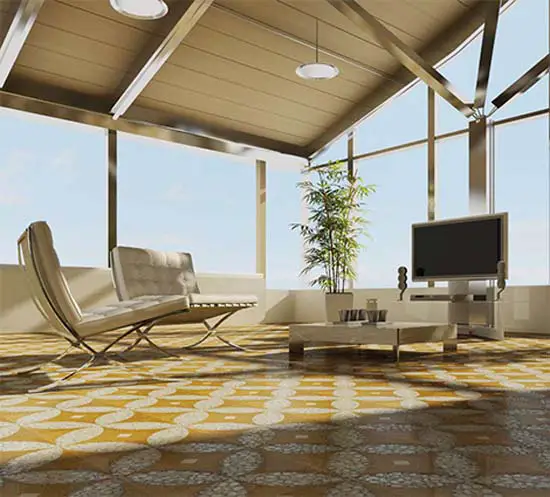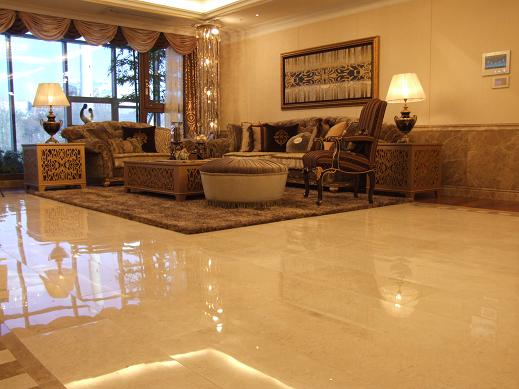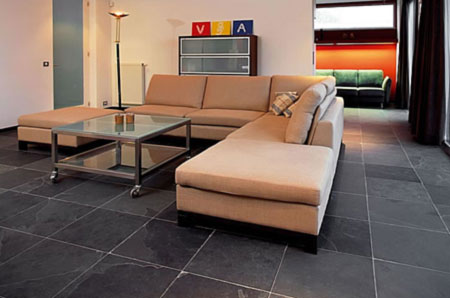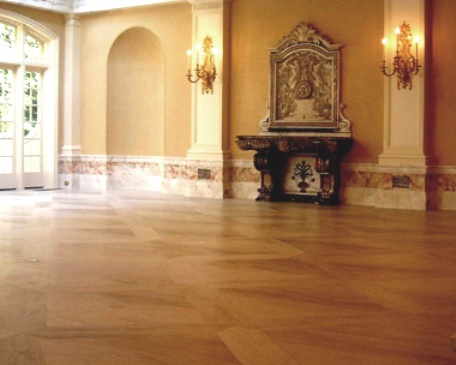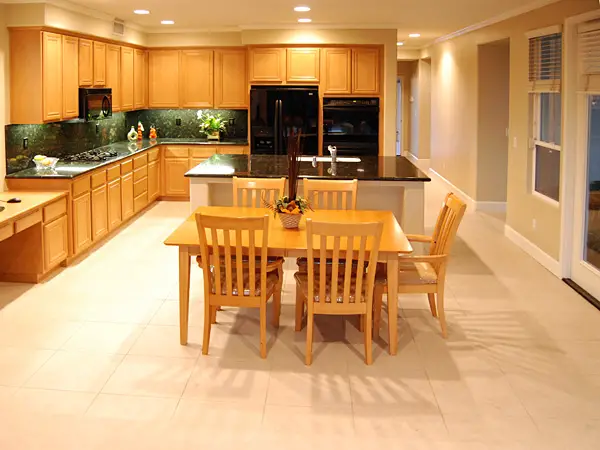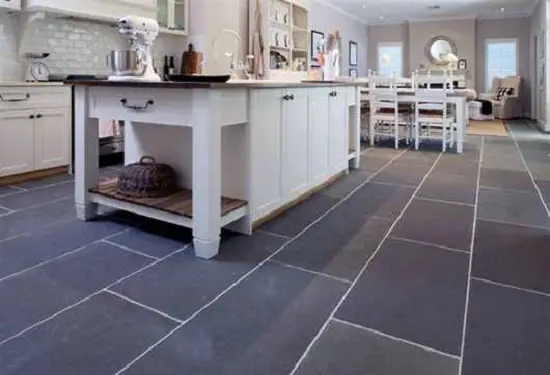Most of us would think of something from the past: dirty, worn and in dire need of replacement when we hear the words linoleum flooring. The first images that probably pops up in most people’s brain is a grainy brownish-yellowish images of their grand parents having coffee in the old diner.
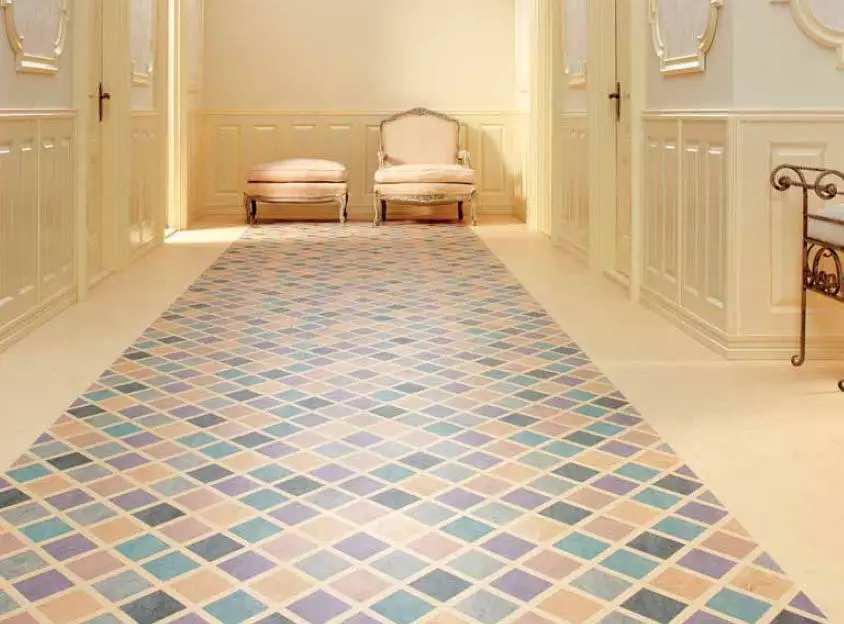
Well, as part of our green posts to commemorate Earth Day this month, this post will try to set the fact straight about linoleum flooring and dispel about some myth about linoleum flooring.
“Lin” + “oleum”
Linoleum is a biodegradable product. It is made up of all natural materials which makes it an environmentally sound flooring choice. Based on its patent year, linoleum has been around for 150 years.
Invented in 1863 by Frederick Walton by combining linseed and oil, hence the name together with other natural products like powdered cork, resin, limestone, ceramics and wood flour pressed together in a sheet. The earlier linoleums did not have colorants or stains and basically had the natural patterns from the manufacturing process.
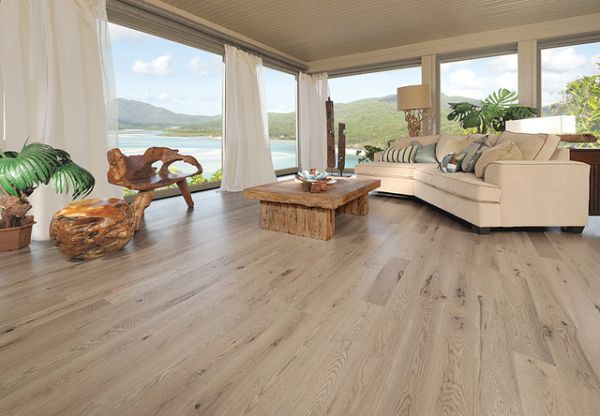
Some appreciated the authenticity of these patterns while others find it a little too bland and common to make any room where it was installed stand out. This is one of the reasons why linoleum, despite its natural beauty and endurance became a second choice, next only to vinyl flooring. The good news is that recent technological developments have made it possible for linoleums to have more colors and hues.
Linoleum and Vinyl, which is which?
After World War 2, with the introduction of synthetic and oil based vinyl flooring, the popularity of linoleum began to wane. This is largely due to the fact that vinyl was easier to mass produce, hence they are cheaper, they come in a wider color range, while linoleum required a little maintenance, vinyl offered far less.
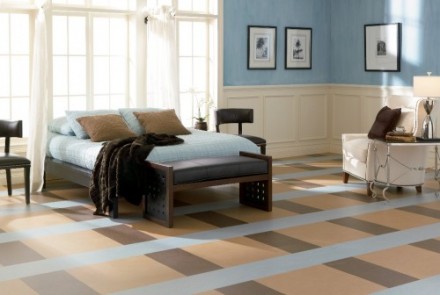
Both vinyl and linoleum flooring come in sheets and tiles, installation can be done by a professional or DIY, depending on the skills you you have, as well as time and tools.
One major difference is in the colors of the flooring solutions – linoleum’s colorants are included in the mixture before it is pressed into a sheet or tile. This makes the colors and patterns more vibrant over the years.
Designs on vinyl flooring surfaces is printed on top and sealed with a sealant coating after the sheet has been manufactured which makes it prone with constant exposure to sunlight and daily wear and tear.
Cleaning Tips
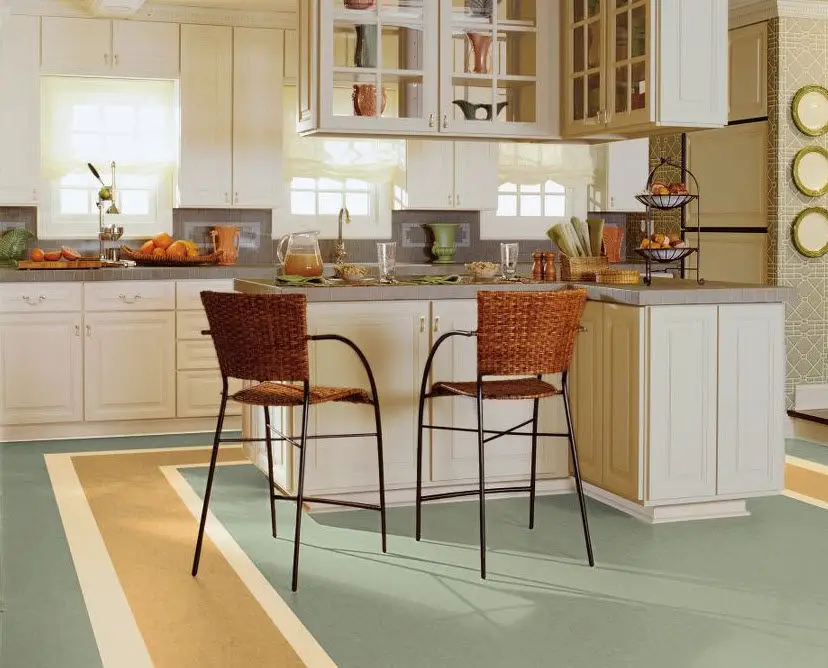
Linoleum is fairly easy to clean. A regular sweep with a damp mop after vacuum will suffice. Since linoleum is sensitive to acidic cleansers, be sure to check cleaning materials you use in order not to damage the flooring’s surface.
Also keep in mind that waxing might be necessary to keep the floor shiny, this usually requires once or twice a year. Be sure use the recommended wax stripper for your product before waxing and check that tools won’t scratch or damage the surface to make sure your linoleum flooring will last longer.
Though the surface is generally waterproof, be sure to prevent prolonged exposure to water and clean out stains using the proper materials.


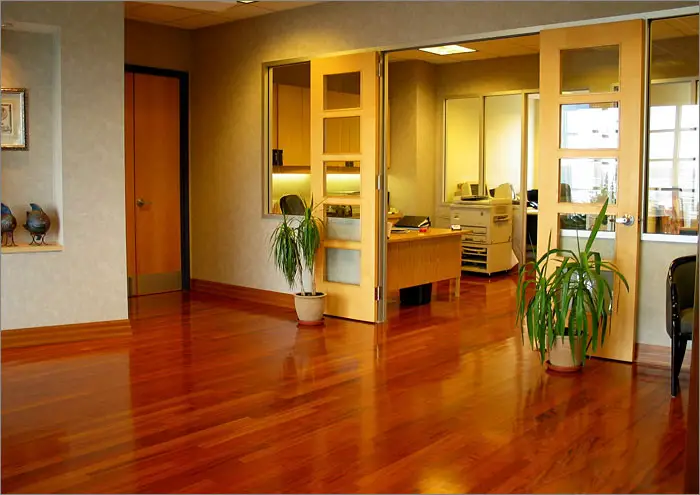

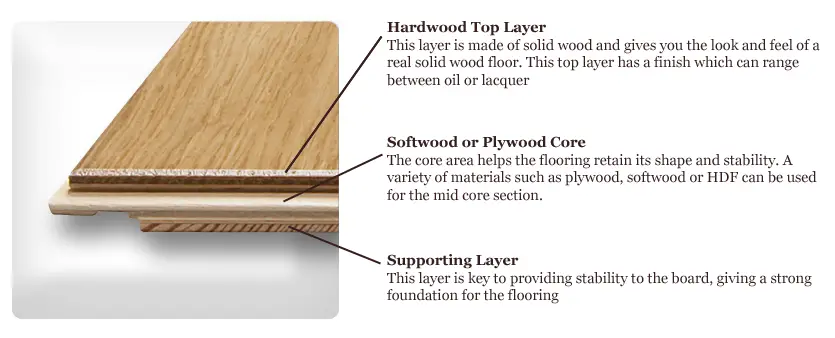
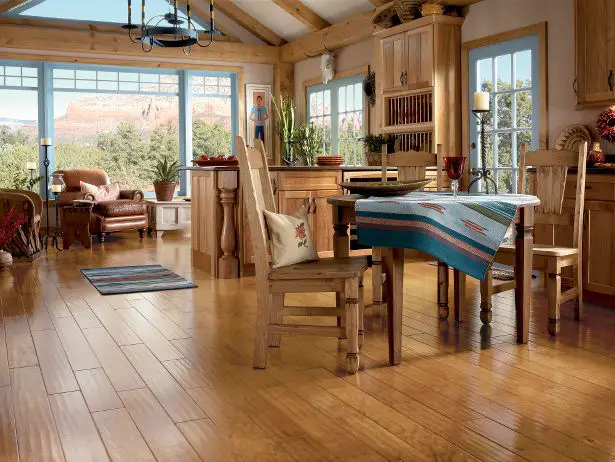


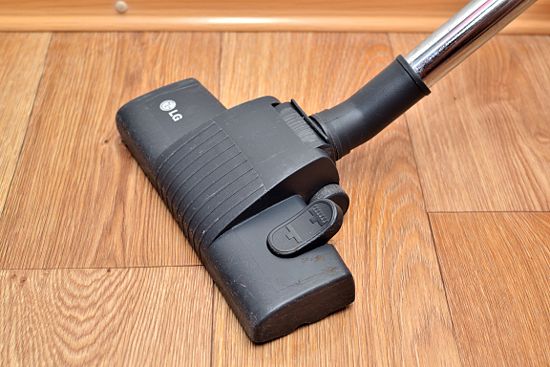
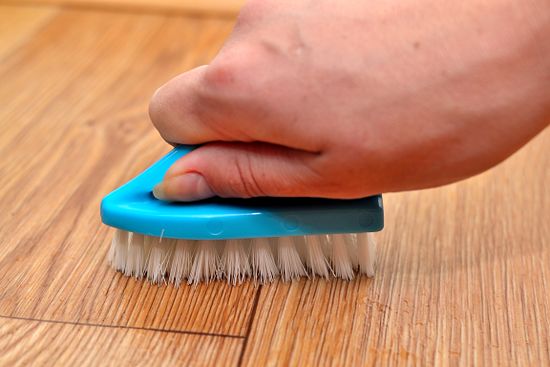

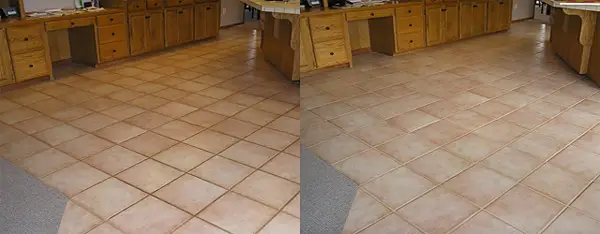


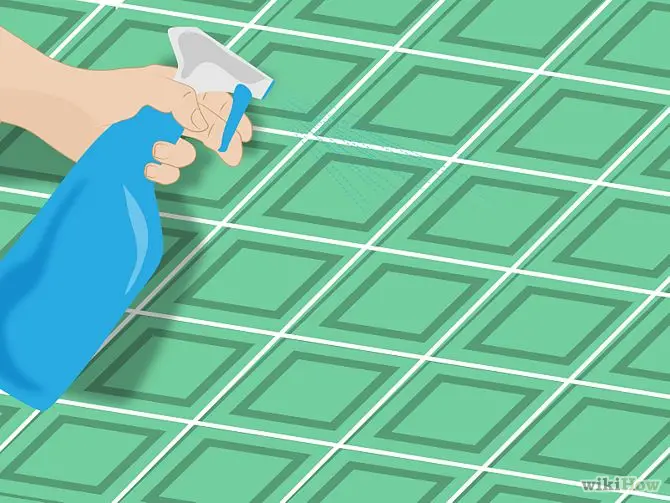
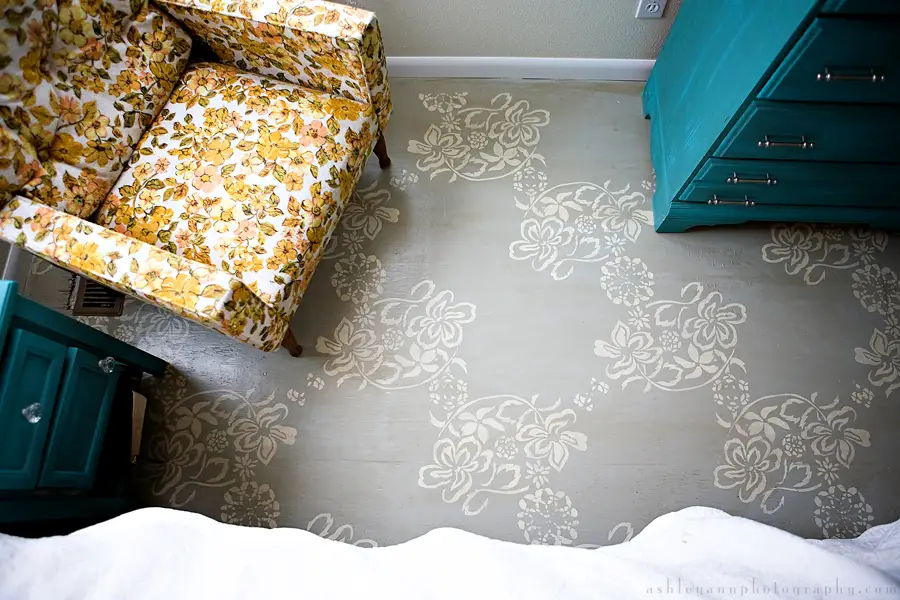
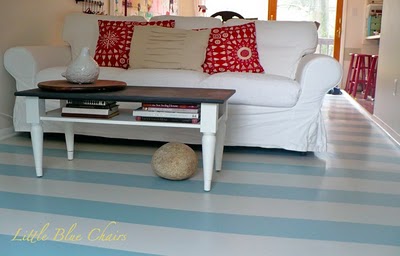
 thekidsroomdecor.com
thekidsroomdecor.com

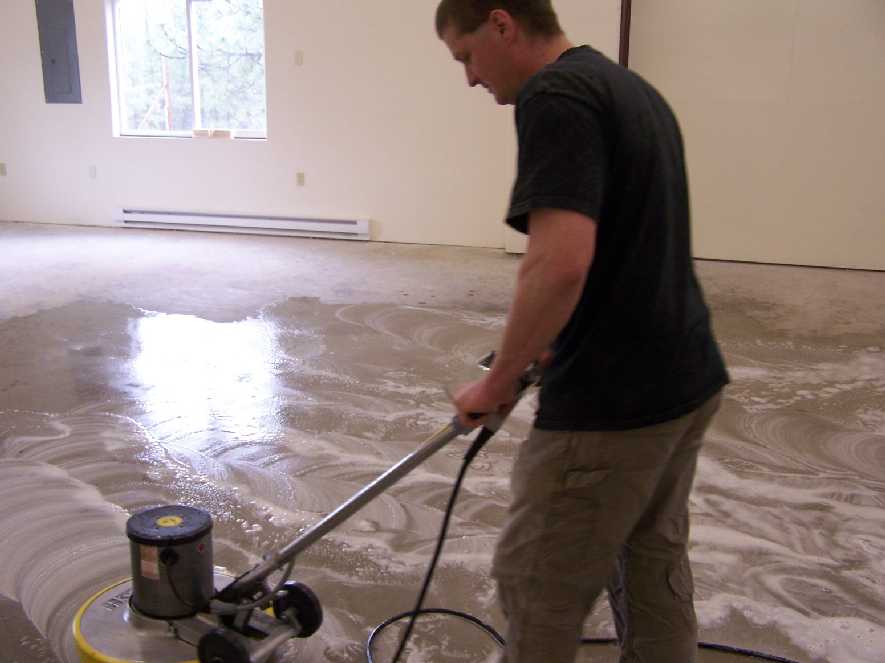 glenconey.com
glenconey.com
